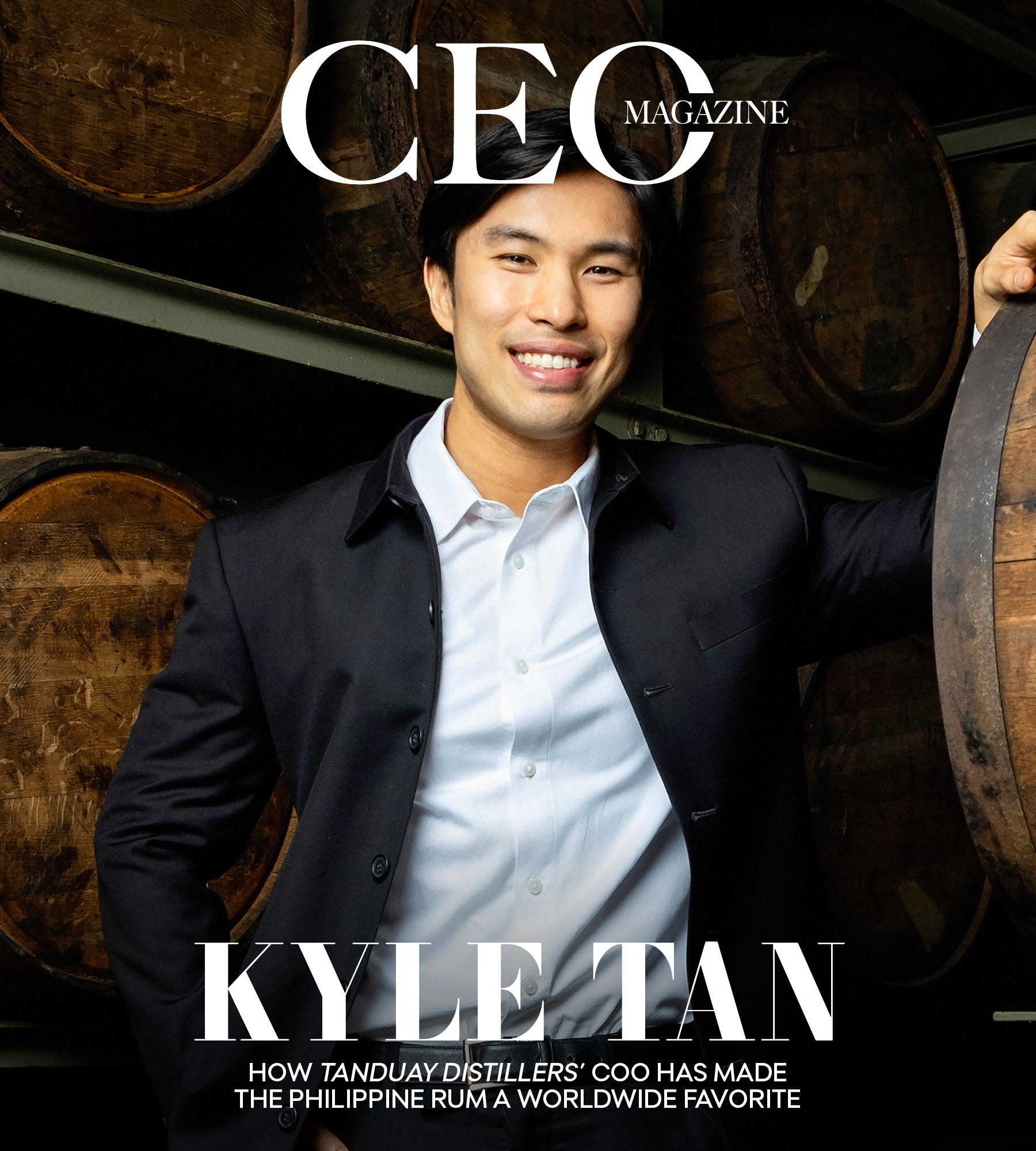Language
You can read the magazine in one of the following languages
The simplicity of an amber splash in a glass, occasionally over ice, is Kyle Tan’s preferred way to pour Tanduay rum. And as the COO of the Philippine rum giant since 2020, he has come to understand how best to appreciate what has long been considered a national icon.
More than simply a Filipino success story, Tanduay is now the leading brand of rum in the world. In 2022, it racked up sales of 27.5 million cases, exceeding those of global giant Bacardi. And with the global rum market forecast to reach US$24.5 billion by 2033, up from US$17.4 billion in 2023 – it’s an enviable position to be in.
“I don’t mix it with anything because it’s so good by itself,” Tan tells The CEO Magazine. “If I had to mix it, I would probably go more for something like a Manhattan or an Old-Fashioned where you have the rum, the bitters, some vermouth and maybe a little bit of cinnamon, but not enough to overwhelm the taste.”

After all, the rum’s distinctive flavor is a huge part of its appeal. It has been carefully honed over more than 150 years through an elaborate distillation and aging process, which draws heavily on Filipino tradition but is also quite unique to Tanduay.
Molasses, the byproduct of sugarcane, which forms the basis of rum, is sourced from local distributors and then distilled into alcohol at its distillery in Batangas, in the southwestern part of Luzon. It is then aged in vast barrels using a variety of top secret techniques.
“We have very specific time benchmarks for different products in our aging facility,” Tan explains.
“The fact that we’re aging the rums in the Philippines is extremely significant because the humidity and the temperatures that interact with the barrels and the alcohol here are very specific, and it causes a certain flavor to really be imbued into the liquid.”
In this way, the rum that it produces has a high cultural significance, and that has become a cornerstone of Tanduay’s identity.
“The whole process of coming from the farmers, the sugarcane, and then maturing in these barrels, which need to be in very specific conditions to really establish that taste, that’s the story that we want to tell,” Tan stresses.
“Nowadays the market is more sensitive to the story behind a product, and I really like that because our story is quite robust and it definitely has a lot of significance.”
Indeed, Tanduay’s story stretches back all the way to 1854 when the Ynchausti family ventured into the world of rum with the launch of Ynchausti y Compañia.
Through a partnership with Valentin Teus e Yrisarry, it started producing rum at a distillery in Hagonoy, Bulacan but then in 1860 set up a distillery on Isla de Tanduay, a strip of land bordering the Quiapo and San Miguel districts in Manila, which gave the rum its current name.
It wasn’t until 1988 that the company passed into the hands of the Tan family, when Tan’s grandfather, Lucio, acquired the Tanduay business from then-owners Elizalde & Company under the banner of his company Twin Ace Holdings. So began a process of modernization and expansion that saw the distillery’s production capacity increase by almost 50 times. Then, in 1999, Twin Ace Holdings changed its corporate name to Tanduay Distillers.
“When my grandparents acquired the company, they really wanted to emphasize that cultural significance and that they never changed the recipes, they never changed the aging process,” Tan says. “Even though it might entail more cost, the cultural heritage is something we really wanted to get across.
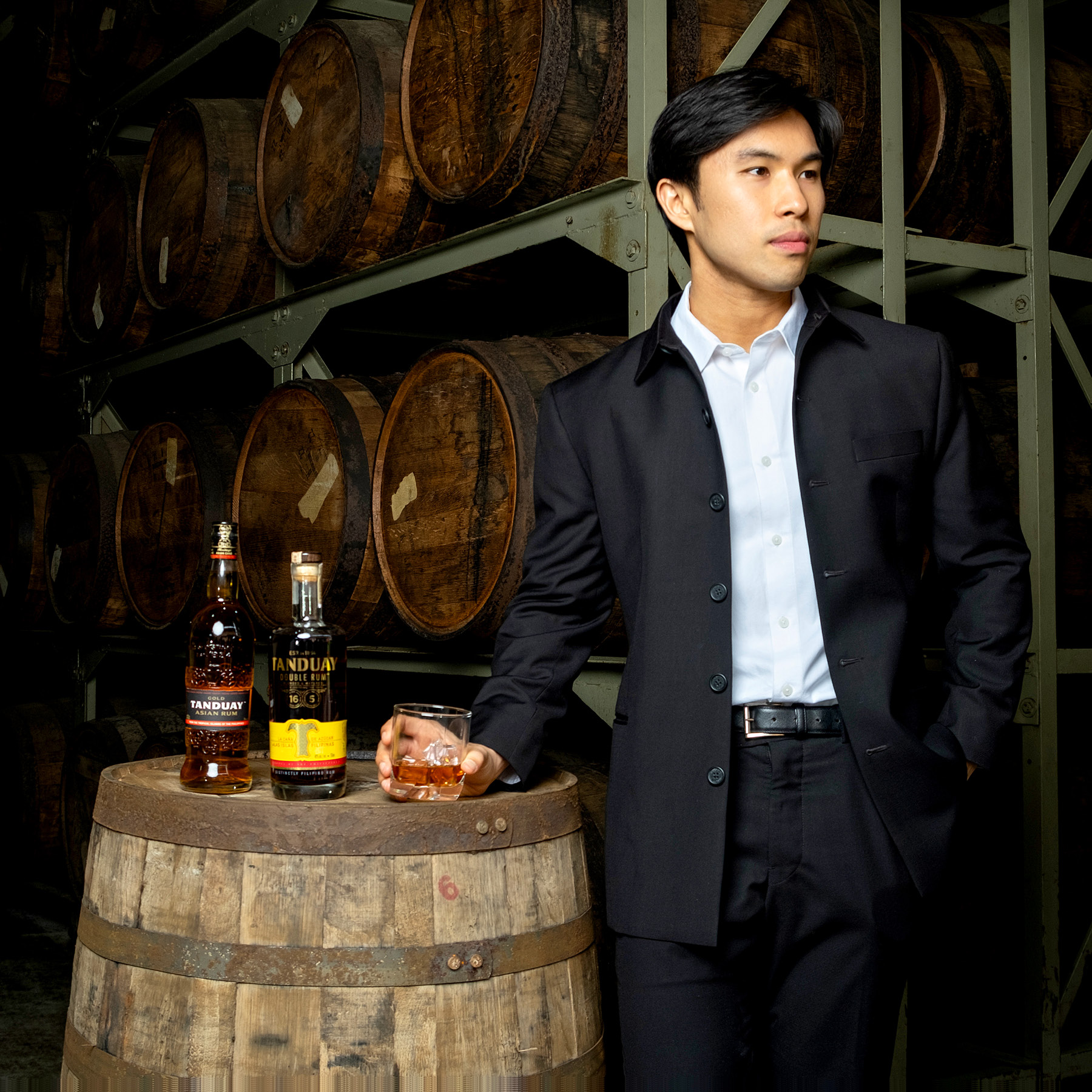

“Now people are picking up on that when they drink it and they’re feeling proud of it, and that aligns very nicely with our intentions behind the product as well. So I think it’s going in a good direction.”
Today, the company produces not only the rum upon which it was built, but also gin, vodka, whiskey and brandy. Part of the Bonifacio Global City-headquartered LT Group, it is just one of a number of brands that sit under the umbrella of the Tan family business alongside other big names like Asia Brewery, Eton Properties Philippines (of which Tan was also named President and CEO last year) and the Philippine National Bank.
Although the expectation was always there that Tan would come on board in some capacity, he first decided to head to the United States to spread his wings, following his natural inclination toward the world of tech.
“It was the industry that I was always interested in, being very tech savvy when I was young,” he recalls. “But ultimately there was always an expectation for me to come back in some capacity.”
When that time came, Tan had completed both a Bachelor’s and Master’s degree in Computer Science at the University of Southern California, and was working as a software engineer for Microsoft, following stints with Siemens PLM Software and Cisco. His elder brother, Lucio Tan III, had obtained a Bachelor’s degree in Electrical Engineering and a Master’s degree in Computer Science from Stanford University, and was working at Lyft in the Bay Area.
By then, both were ready to make the move back to join the family business. Their father, Lucio Tan Jr, had tragically passed away in November 2019 at the age of 53, leaving a void for the brothers to fill.
It had been on the cards for a long time, but it was still a daunting undertaking. “Coming home to a career in business was very foreign and it was extremely scary in some capacity. But the family was here to support me and I think the transparency between me and other members of the family made the transition so much smoother,” Tan says.
“What really helped was establishing that direction even before we went to college, and then letting us also work in our industry of choice after college. So we got a little bit of freedom in that respect as well.”


Initially, it was decided that his skills would be put to best use within Tanduay, and so he took up the role of COO of the company in November 2020 while his brother became President and CEO, in the thick of the COVID-19 pandemic.
Despite the timing, it was a relatively easy transition because he was already very familiar with the Tanduay brand thanks to its strong presence in the United States. The company had first exported its rum to the United States in 2013.
“Tanduay had a pretty big presence when I was studying in the United States. I was in Seattle, Los Angeles and San Francisco, and Tanduay had a pretty big presence in those regions,” he says. “I had already been shadowing with the team over there, even when I was in school – going to the events and really understanding the product and the market. So there was an exposure even before I started the job.
“So when the transition was going to happen, and we were trying to figure out where to place certain family members, there was just this natural flow.”
Taking control of an established brand comes with its challenges, and Tan immediately identified growing Tanduay’s international markets as top priority.
With the brand so well-established in the Philippines, it benefited from strong awareness among the vast Filipino diaspora that exists in the United States. As of the 2020 Census, there were 4.4 million Filipino Americans living in the United States.
“At that point we were primarily dealing with locals in the Philippines,” he recalls. “But coming from the United States, I knew there was so much potential there and also in other markets abroad.”
To tap into this potential, Tan saw a need for Tanduay to tweak its products for overseas markets. “In the United States, the products that I found there were ultra premium products that are aged for a greater period of time and those are really the products that fly off the shelf,” he says.
“So it was about understanding where we were, and we already knew that because we have an established identity, and then understanding how we could tailor ourselves toward that more ultra-premium market. That’s something that I spearheaded when I started. Now we’re in a phase where we’ve picked up a lot of traction and I’m super happy about that.”
While the company has expanded its product range beyond its mainstay of rum, the spirit remains its bread and butter.
Its hallmark is its five-year dark rum, but the range includes a number of other varieties. With the decision made to make a major play for the United States market, Tanduay unveiled its Double Rum toward the end of 2020. Designed for sipping neat, the rum is a blend of 16-year and five-year aged rums, which have been combined in an ex-bourbon barrel for two years.
“It is our first crack at the premium space, and it is a sweeter blended rum, but it has got a smooth finish, so it’s one of my personal favorites for sure,” Tan explains.
Next on the cards is another premium offering, a three-stage series called Tesoro Project, which is an overproof blended rum with a sherry cask finish. “We’re constantly trying to innovate in that space,” he says.
Beyond the product itself, thinking outside the box in how it approaches this valuable market is also part of the strategy. As well as catering to the product requirements of the United States market, Tanduay is also being creative in spreading the word, with sports proving to be an important channel.
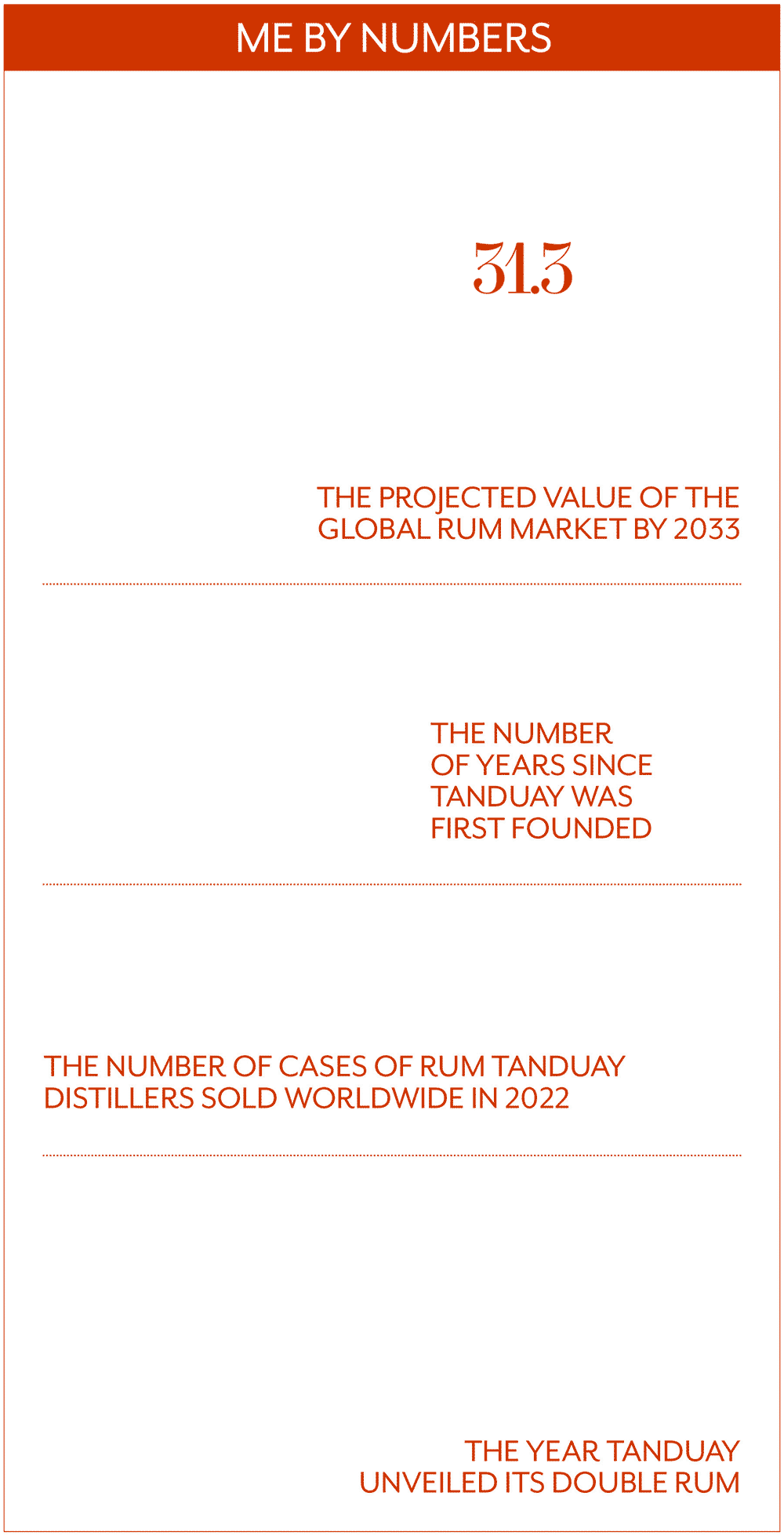
Over the last few years, the company has forged partnerships with a number of NBA teams including the Golden State Warriors, the Minnesota Timberwolves, the Milwaukee Bucks, the Phoenix Suns and the Brooklyn Nets. The basketball connections come naturally to Tanduay, having been deeply involved in the Philippine basketball scene for many years.
In fact, in 1975, Tanduay, with its team the Tanduay Rhum Masters, was one of the founding members of the Philippine Basketball Association – the first professional basketball league in Asia and the second-oldest continuously operating professional basketball league in the world after the NBA.
Hanging on the wall behind Tan, as he speaks to The CEO Magazine via video chat, is a framed Golden State Warriors jersey signed by player Klay Thompson. “We got this when we went to the Warriors game and then they showed us around the stadium,” he recalls. “We had Klay sign one of our jerseys. That was a super special moment because Klay and Curry are two of our favorite players here at Tanduay.”
It’s an underlying passion for the sport that brings an extra dimension of authenticity to the company’s ongoing mission to promote the Tanduay brand. “It’s a good process because they really link us with distributors, but more than just the business side, I think it’s a very natural way of networking,” Tan says. “You go to a stadium, you invite the distributors, you invite the bar owners and then you watch a game. It’s nice.”
And when the Tanduay is flowing, well that’s a large part of the hard work taken care of, according to Tan. “We’re so comfortable and confident in the liquid that we sell, that it just naturally speaks for itself most of the time,” he says. “It’s a pretty surefire way to get into a distribution network because the liquid is so good that it is a no-brainer.”
Already, Tanduay is being sold in more than half of the American states, with individual distribution agreements for each. With such solid strides already made in the United States, the company is now turning its attention to other overseas market.
“Another big market that we ship to is the Europe region – Benelux, the Belgian Netherlands, Luxembourg – as well as Qatar in the Middle East, those are quite significant markets as well,” Tan says. “And then recently we’ve been experimenting. We’ve actually just released in Central America in Peru, and then the month before that we released in Italy.”
The opportunities are plentiful, but Tan highlights the hardest part of expansion as establishing that all-important first connection. “A lot of the time, countries are apprehensive about letting in foreign business and foreign investors,” he says.
But again, opening a bottle of Tanduay rum is usually the solution – winning potential partners over with its heady combination of intense flavor and profound cultural significance.
“We’ve been growing pretty fast and it’s only been around ten years since we started our exports, so we’re extremely excited about that,” Tan says.
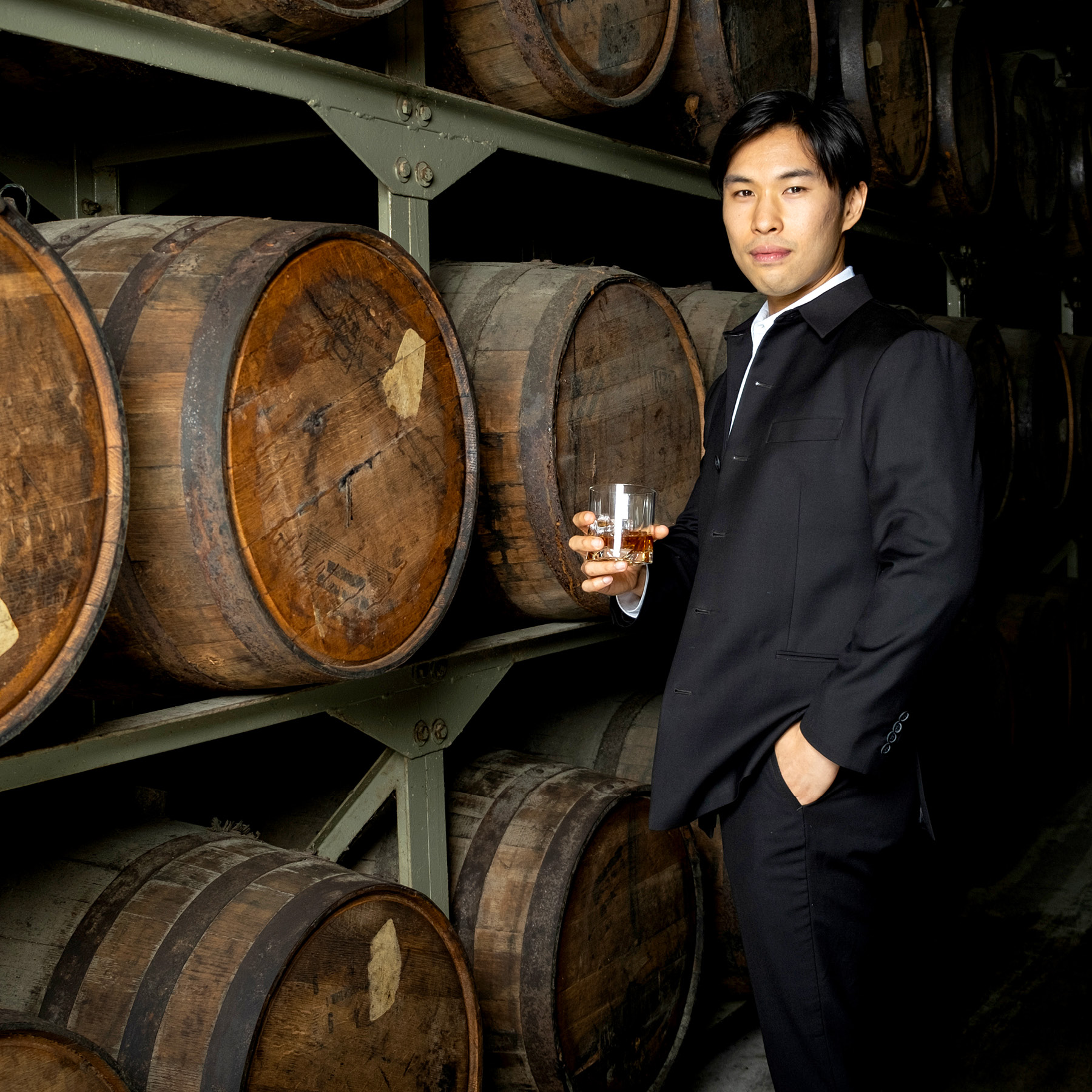

“I really enjoy going to these different countries and understanding the drinking market in those countries and then trying to fit Tanduay in – not really disrupting the market in those countries, but really molding Tanduay so that it is compatible with those countries’ markets while still remaining true to our own identity and our own cultural significance.”
The ready to drink (RTD) category is another area where Tanduay is experimenting. “RTD drinks are flying off the shelves, especially in the United States markets and primarily among the younger generations, at such a high volume that we are really trying to venture into that space,” Tan explains.
While a very different market to the premium space that Tanduay has also been exploring, what the two have in common is the rum base. “The liquid that we sell is unparalleled and we’re really confident about that. It’s just about how we use marketing to portray this and how to really put it together in a very solid and homogenous way so that people can immediately pick up on exactly what we’re trying to do and exactly who we are in one sip essentially,” he says.
So far, Tanduay has a number of RTD prototypes in the works. “We’re really trying to nail that down as much as possible before releasing something on the export side,” Tan reveals.
Having worked in companies in the United States, which are known for placing great emphasis on sustainability, Tan looks at the issue through an international lens, ensuring the company adheres to the highest standards.
“The whole process of rum, in general, it’s very sustainable because, if you think about it, its base of molasses is really a byproduct of refining sugarcane into sugar, and then the sugar juice or molasses that comes out is what we treat,” Tan muses. “We’re making our product out of farmers’ work right here, which is extremely in tune with the sustainability initiatives of the agri refineries and the distilleries as well.”
Innovation feeds into Tanduay’s sustainability initiatives, as well as all areas of the business, but Tan says the latest and greatest tech solutions in the production space aren’t necessarily relevant to its business model just yet.
“As of now, we try to optimize so that we’re spending less time with operational downtime or just downtime in general,” he says. “But it’s very nice to understand that the capacity for our production can grow even more when the market asks for it.”

One of the possible applications of AI that Tan is excited about is the use of electronic bottle detectors, which can pick up any blemishes or irregularities at lightning rates.
“Because when we reuse bottles second-hand, we have to inspect the bottles to make sure there are no cracks and to make sure all the jagged edges are taken care of so everything is as safe as possible. Those inspections, done with AI technology, can save a lot of time,” he says.
Beyond the production side of Tanduay, AI promises to deliver equal power; for example, in terms of marketing and data analytics, the opportunities are significant.
“The other day we were in a meeting where we had all this customer data on different markets in the United States,” he says. “It would be really interesting to see what AI can do with that data and whether AI can say, ‘These are markets that you haven’t expanded to yet that could potentially be very profitable because they’re similar to the markets that you’re already in’.
“There are definitely products like that out there. It’s just a matter of do we have enough data to feed into these AI programs, which could let us know a potential direction to go in. So I think on all ends of even the supply chain, AI is something that will eventually reinvent many of our systems and it’s exciting, but it’s also a little scary, to be honest.”
But as daunting as transformation can be, Tan has never been one to shy away from the need for change. After all, he took up his role at Tanduay during the pandemic – a challenging time for businesses across the board. For the alcohol industry, a recalibration was mandatory. As bars bolted their doors shut and people cloistered themselves in their homes, the company had to start targeting the off-premise drinking market.
With people steering clear of stores, too, a little ingenuity was required. Fortunately, Tan’s tech background meant he was equipped with the tools to bring these ambitious dreams to life.
“A lot of the distribution that we found ourselves trying to push toward was around online sales and that’s really when we started creating an app for the market,” he says.
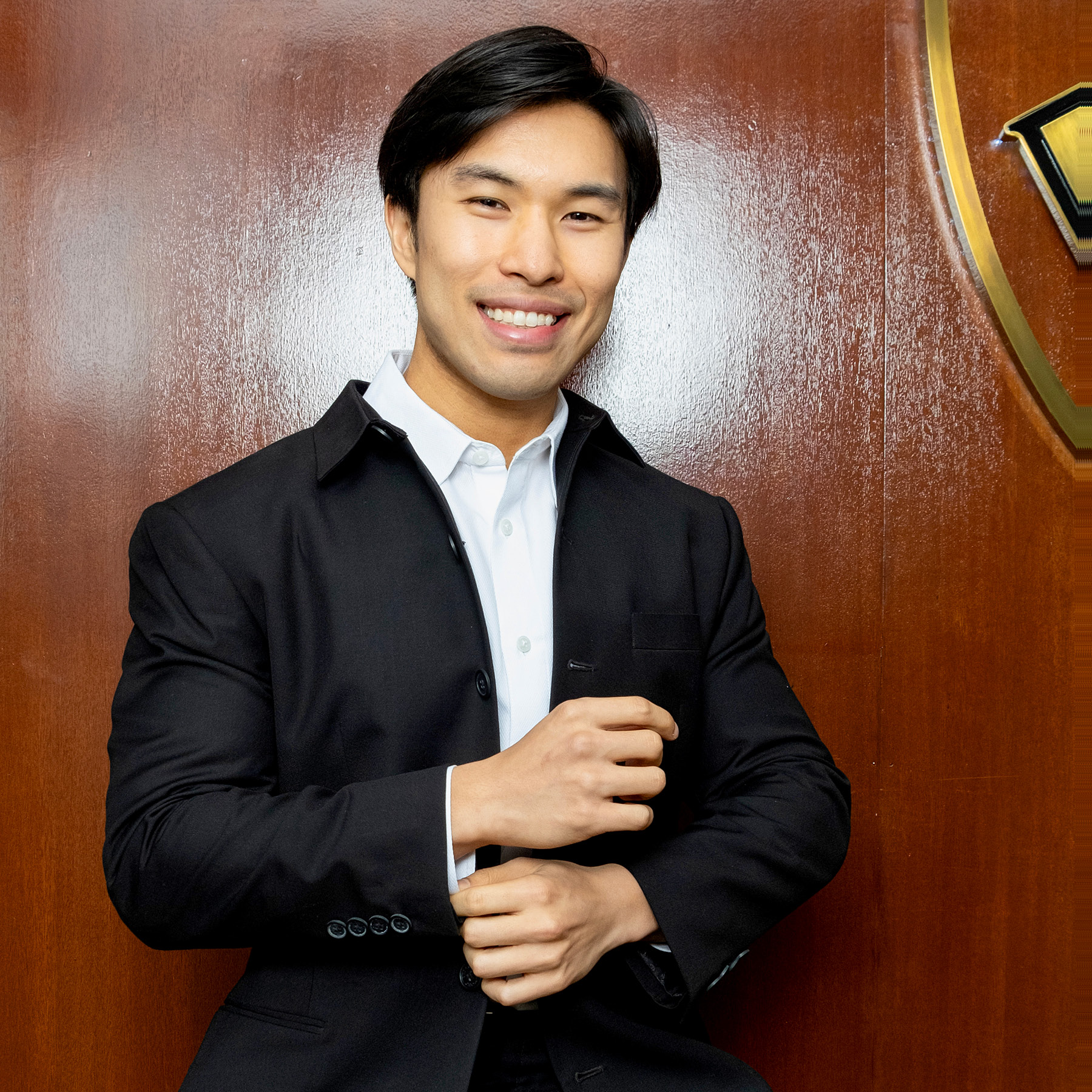

The result, Shots.ph, was launched to deliver Tanduay spirits to Metro Manila and selected areas of Luzon, Visayas and Mindanao.
Meanwhile, on the B2B side, the company implemented numerous tech interfaces linking it with stores and other distributors in order to build more accurate and reliable relationships.
“So I think that it was really good that we had that tech background so that we could facilitate on that end when the market demanded for it, because face-to-face interactions were a lot less commonplace by the time I moved back,” he says.
The digital shift was held back in many areas by inadequate connectivity. “But in terms of the highly populated areas that did have that infrastructure, everyone saw that as an opportunity to really grow the market, especially during the pandemic when people couldn’t go out as much,” he says.

“It was like a race to see who could give the best solution first. And I think that constructive competition definitely helped, knowing everyone was trying to do it.”
Now, post-pandemic, in a world more obsessed with social media than ever, the opportunities are rife for Tanduay’s online channels to continue gathering force. Social media marketing and influencer culture tie firmly into the rum giant’s online distribution strategy.
“It’ll only get larger if anything, especially now on-premise drinking has resumed,” Tan says. “I think it’s more a case of the pie got bigger than people shifting from off-premise to on-premise. So there are definitely a lot of opportunities there.”
With this younger, digital-savvy market opening up, Tanduay’s unique story is once again one of its most powerful assets.“The identity aspect is an extremely important thing moving forward,” Tan says. “Even on the export side, when Filipinos go out into different countries and then they see Tanduay, especially the younger ones, they think, ‘We’re proud to be Filipino’.”
